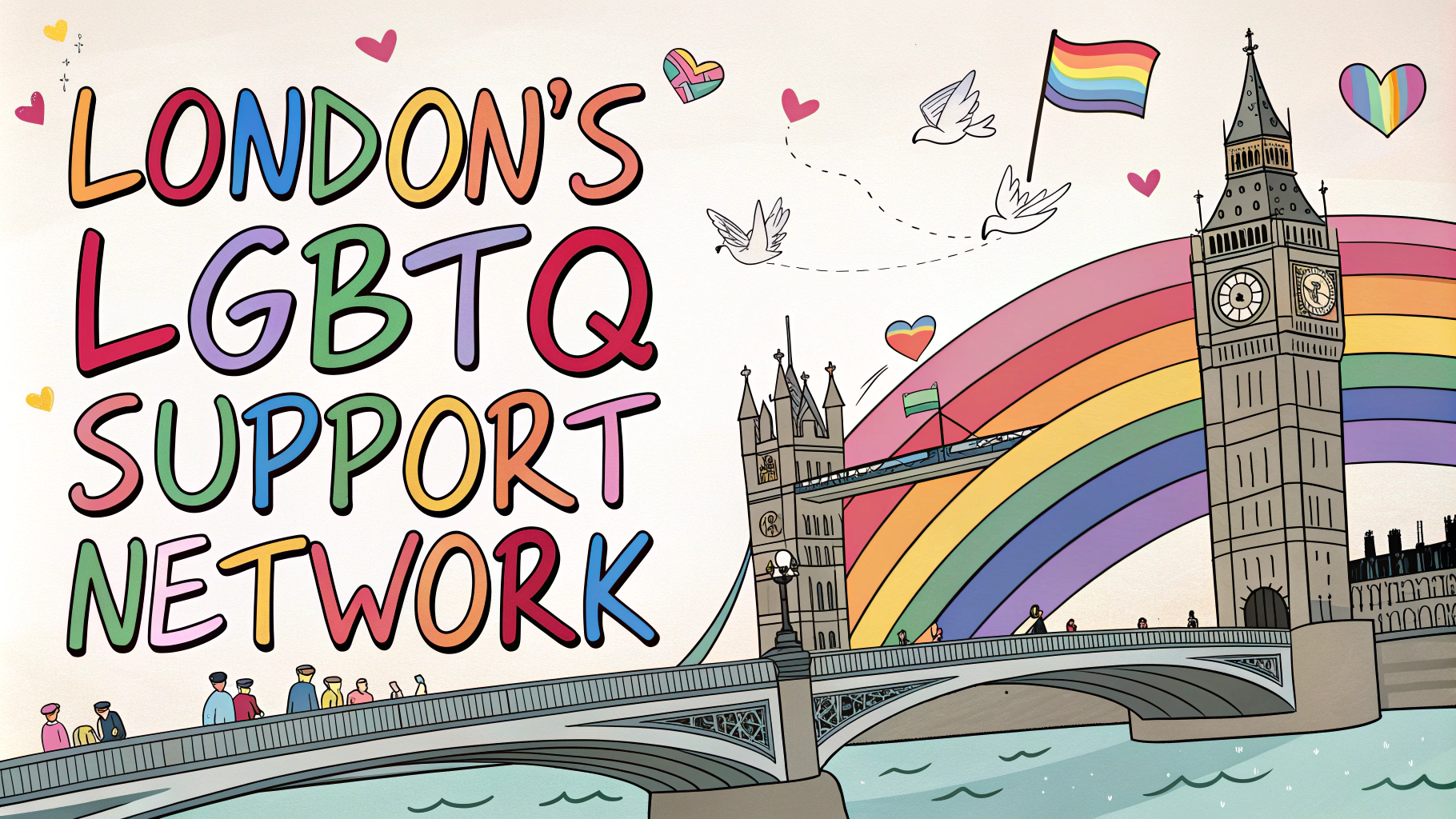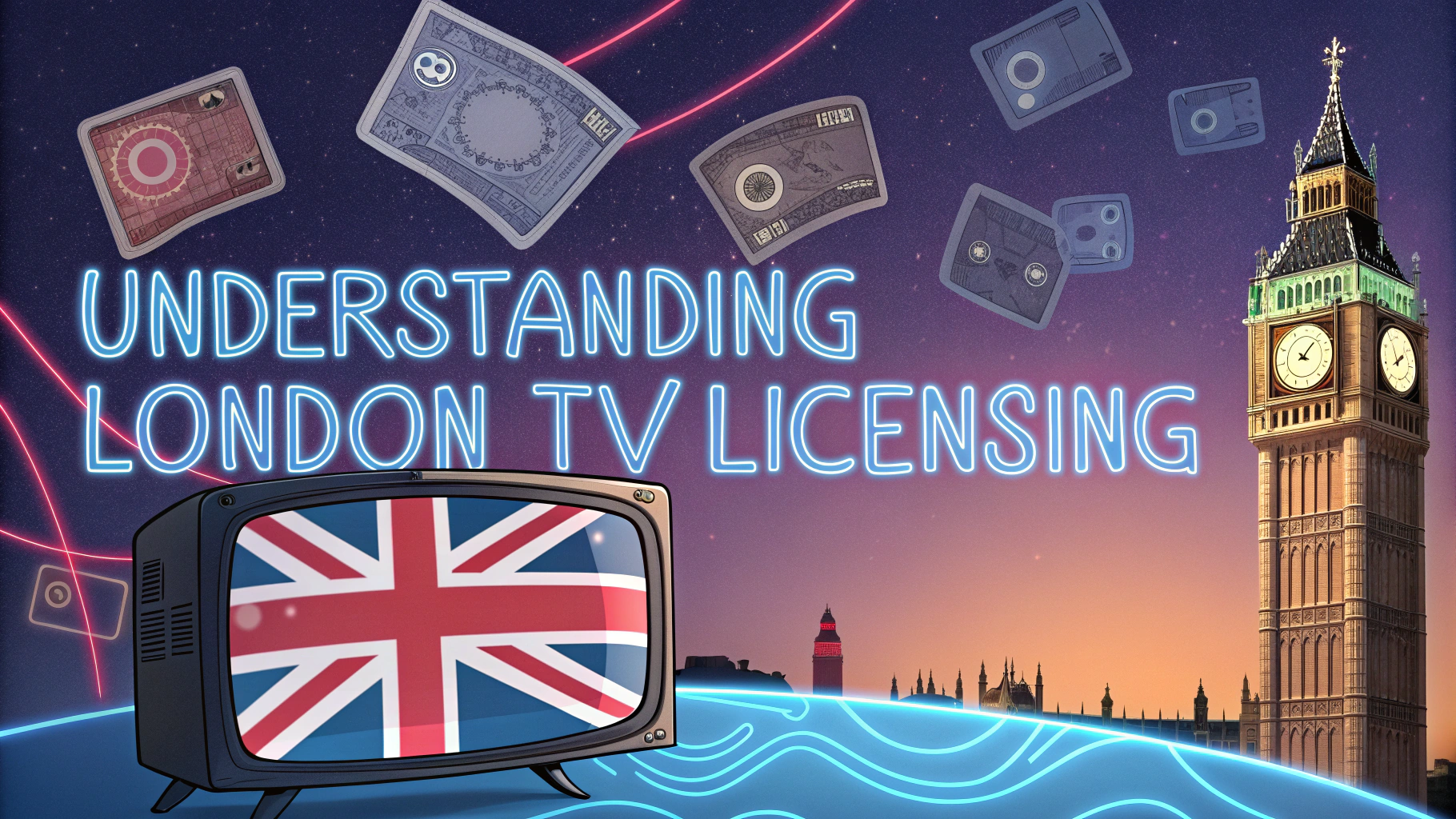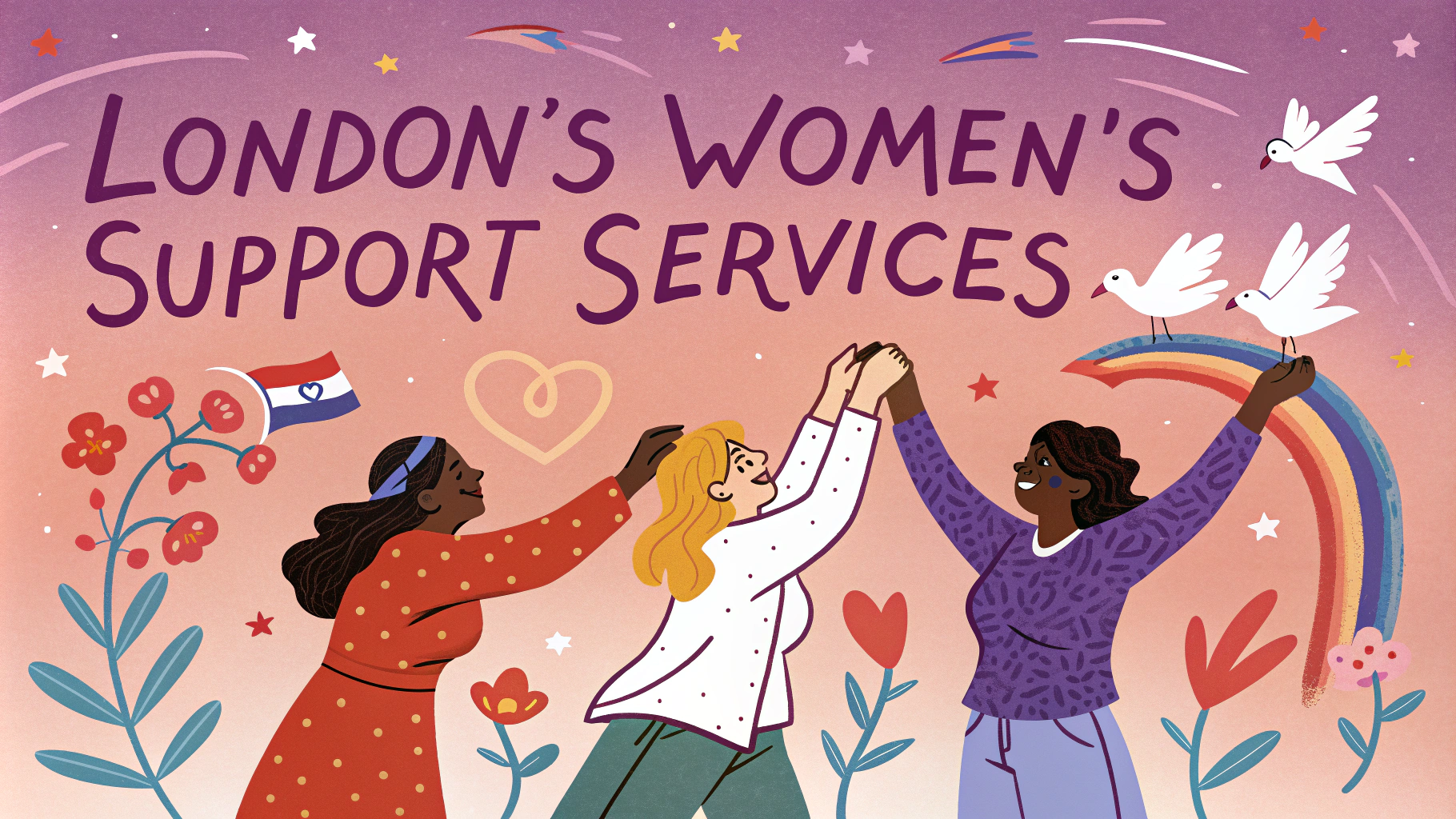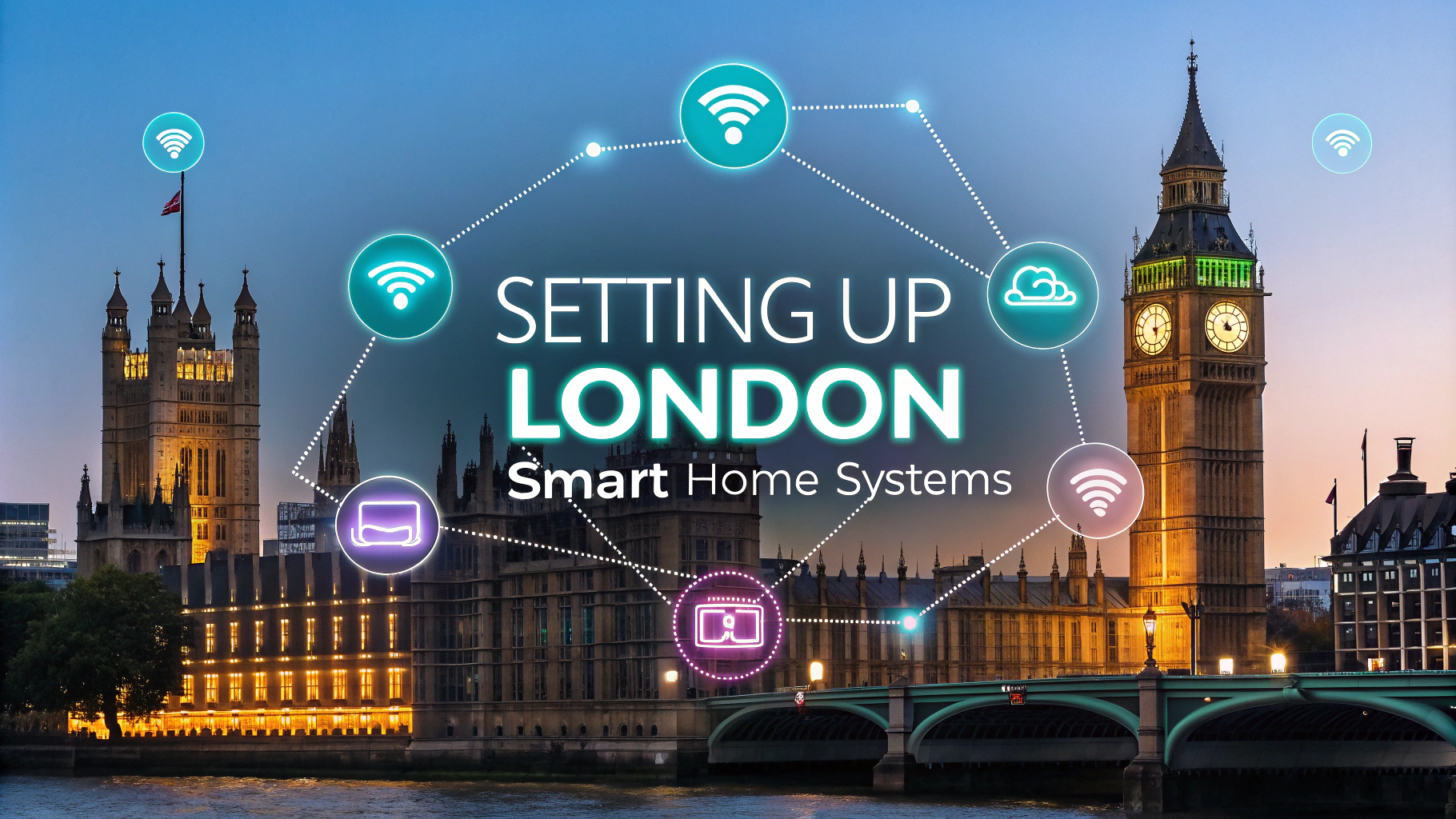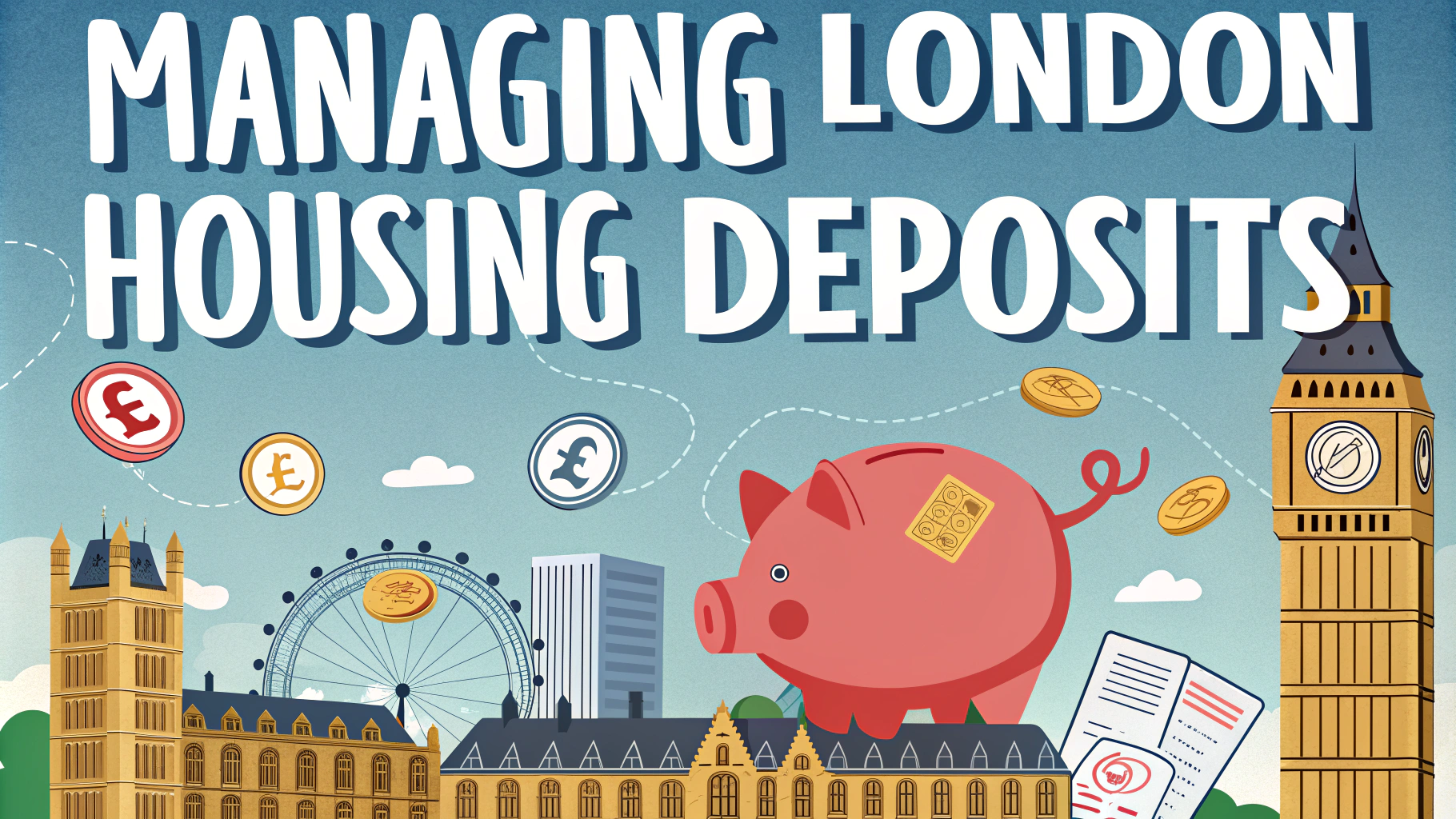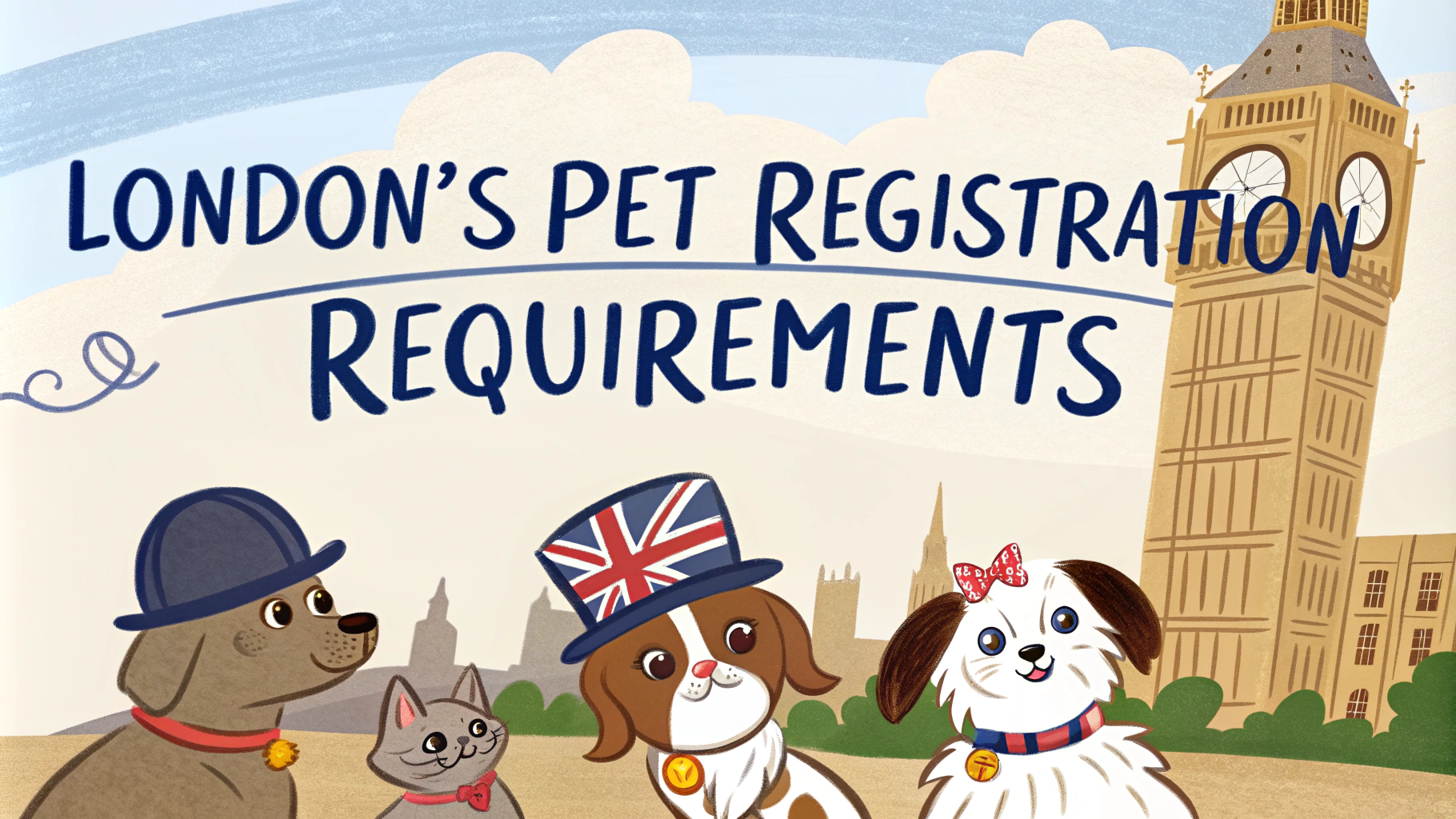The River Thames has historically divided London into two distinct regions, each with its own character, atmosphere, and opportunities.
Understanding these differences can significantly impact your quality of life, commute times, and overall London experience when choosing where to live.
This guide explores the key distinctions between North and South London to help you make an informed decision about which side of the river might suit you best.
Key Differences at a Glance
| Feature | North London | South London |
|---|---|---|
| Transport | More Underground lines | Primarily National Rail, fewer Tube options |
| Property Prices | Generally higher | More affordable options |
| Green Spaces | Hampstead Heath, Regent’s Park | Richmond Park, Greenwich Park |
North London Highlights
- Better Underground connectivity with multiple tube lines
- Popular areas include Camden, Islington, and Hampstead
- Higher concentration of museums and cultural institutions
- More established shopping districts
South London Benefits
- Better value for money in property
- More residential feel in many areas
- Excellent parks and green spaces
- Growing food and cultural scene
Transport Considerations
North London offers 9 Underground lines compared to South London’s 3 lines.
South London relies more heavily on National Rail services, which can be less frequent than the Tube.
Cycling infrastructure has improved significantly on both sides in recent years.
Property and Cost of Living
Average property prices in North London are typically 15-20% higher than comparable properties south of the river.
South London offers larger properties for the same budget, especially in areas like Crystal Palace and Forest Hill.
Rental prices follow similar patterns, with better value typically found in South London.
Social Life and Entertainment
North London features established entertainment hubs like Camden and Angel.
South London’s Brixton, Peckham, and Greenwich offer emerging cultural scenes.
Both sides host excellent pubs, restaurants, and music venues.
Professional Opportunities
The City and West End are accessible from both sides, though North London often offers shorter commute times.
South London has growing business districts in areas like London Bridge and Canary Wharf.
Making Your Choice
Consider your daily commute route and preferred transport method when choosing sides.
Visit potential areas at different times of day before making a decision.
Research upcoming transport improvements and development projects that might affect your chosen area.
Remember that generalizations about North and South London don’t always hold true for specific neighborhoods.
Useful Resources:
- TfL Journey Planner: https://tfl.gov.uk
- Rightmove Area Guides: https://www.rightmove.co.uk/advice/
- London Forums: https://www.reddit.com/r/london/
Community and Lifestyle
North London tends to attract more international communities, particularly in areas like Highgate and Swiss Cottage.
South London maintains stronger local community feels, especially in areas like East Dulwich and Blackheath.
Family Considerations
- Both sides offer excellent schools, with North London having a higher concentration of private education options
- South London features more family-sized homes with gardens
- Both areas have extensive children’s activities and facilities
Future Development
Several major regeneration projects are transforming both sides of the river:
- Northern Line extension to Battersea Power Station
- Crossrail connections improving East-West travel
- New creative districts emerging in South London
- Residential developments along the river in both North and South
Safety and Security
Crime rates vary by neighborhood rather than by north-south division.
Both sides have seen significant improvements in safety over the past decade.
Making London Your Home
Whether you choose North or South London ultimately depends on your personal priorities:
- Consider your budget and space requirements
- Factor in your daily commute and preferred transport options
- Think about your lifestyle preferences and social connections
- Research specific neighborhoods rather than relying on broader north-south generalizations
Remember that London’s excellent transport links mean you can enjoy the best of both sides, regardless of where you choose to live.
Take time to explore different areas before making your decision, and consider starting with a short-term rental to test your chosen location.
FAQs
- What are the main differences between living North vs South of the River Thames?
The North generally offers better tube connectivity, more tourist attractions, and higher property prices. The South has more green spaces, a more residential feel, and typically lower housing costs. - Which side has better public transport links?
North London has more extensive tube coverage with multiple lines, while South London relies more heavily on National Rail and bus services, with fewer Underground options except for the Northern, Victoria, and Jubilee lines. - Is there a significant price difference in housing between North and South London?
Yes, North London properties are generally more expensive, particularly in areas like Islington and Camden. South London typically offers more affordable housing options, especially in areas like Lewisham and Peckham. - Which side is safer – North or South London?
Crime rates vary by specific neighborhood rather than by north or south distinction. Both sides have their safer and less safe areas, and it’s more important to research specific boroughs. - Are there differences in the social scene between North and South?
North London is known for its trendy areas like Camden and Shoreditch, while South London offers more community-focused neighborhoods with local markets and independent venues, particularly in areas like Brixton and Greenwich. - Which side has better green spaces?
South London generally has more extensive green spaces, including Wimbledon Common, Richmond Park, and Greenwich Park. North London has notable parks too, such as Hampstead Heath and Regent’s Park. - Is one side better for families than the other?
South London is often favored by families due to larger properties, more green spaces, and quieter residential areas. Popular family areas include Dulwich, Greenwich, and Richmond. - How do commute times compare between North and South London?
North London generally offers faster commutes to central London due to better tube coverage. South London commutes can take longer, especially if relying on bus services, though this varies by specific location and destination. - Which side has better cultural attractions?
North London has more major museums and tourist attractions, including the British Museum and Camden Market. South London offers significant cultural spots like the Tate Modern, Borough Market, and the South Bank. - What are the main shopping differences between North and South?
North London features more high-end shopping areas like Oxford Street and Westfield London, while South London has more local markets and independent shops, with notable exceptions like Westfield Stratford.

